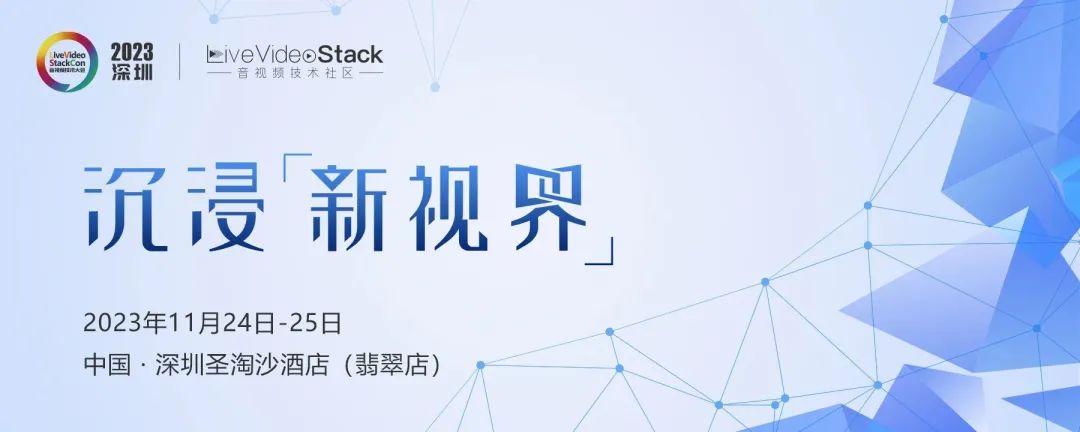
Editor's note
With the advent of innovative reasoning applications, GPU, as a powerful computing tool, is leading the transformation of the digital world. Its excellent high-performance computing power and parallel processing capabilities provide strong support for the development of AIGC technology and promote the innovation and progress of audio and video content.
Today, we are honored to invite Teacher Wang Wenyu from PPIO for an interview. He will share his unique observations and insights on GPU and AIGC audio and video content production, starting from a question that impressed him at the Shanghai Station - "How far is the development gap between domestic and foreign AIGC?" The cutting-edge trends and future development directions in this field.
Text/Wang Wenyu
Planning and editing/Li Meihan
interview target

Wang Wenyu
Co-founder & CTO of PPIO Pai Ouyun
Serial entrepreneur, former chief architect and co-founder of PPTV. In 2004, as a college student, he started PPTV in his dormitory. He completed most of the core code alone and led core technologies such as P2P, CDN, and streaming media. In 2018, he founded PPIO Cloud and developed distributed computing, storage, and network services. The edge cloud platform achieves low latency, large bandwidth, and high cost performance.
1.LiveVideoStack: Hello, Teacher Wang Wenyu, I am very happy to invite you to participate in the interview again. At the Shanghai Station, you participated in the topic [AIGC and Content Production] and shared a wonderful speech. How did you feel about participating in it? Were there any highlights or questions from the audience that particularly stood out to you?
Wang Wenyu : After my speech at the last event, many friends asked questions, which was very popular. I felt that the audience at our conference was very enthusiastic. What I shared at the Shanghai station was the topic "Analysis of AIGC Audio and Video Tools and Thoughts on Future Innovation Opportunities". I mainly analyzed the relationship between AIGC and audio and video, and from a global perspective, I shared with you some well-known foreign audio and video applications or apps. , as well as the cutting-edge technologies behind them (for details, please see: "AIGC Audio and Video Tool Analysis and Thoughts on Future Innovation Opportunities") .
My impression is that at that time, everyone paid a lot of attention to the topics of AI and AIGC, but many friends were not familiar with the development of the audio and video industry abroad and some cutting-edge technology trends. Things have changed recently. As people's attention has increased, many domestic leading companies such as Byte and Meitu have begun to accumulate related products.

Pictures from the Internet
One of the topics that impressed me the most at the Shanghai Station was how far is the development gap between domestic and foreign AIGC?
From the current point of view, the gap between domestic AIGC and foreign countries is still relatively large. In essence, although many papers in the industry are proposed by domestic schools and institutions, some revolutionary technologies and applications often come from abroad, such as Transformer, Diffusion, VideoDiffusion, NeRF and other models...these Revolutionary technologies are all launched by overseas companies and institutions, and no Chinese signatures can be seen. Domestic schools and institutions are better at making optimizations and supplements, but the real hard-core base technology is not enough.
From the perspective of industrial innovation, foreign AIGC applications and apps are springing up like mushrooms after a rain, and many of them are made by small companies with a few or more than a dozen people. This is much more active than in China. Of course, due to well-known reasons, China is relatively not that active.

Pictures from the Internet
In this regard, my advice to domestic developers is to consider making overseas products, verify the core logic of the products abroad, and then copy them domestically. We also remind developers that when publishing web and apps in China, they must pay attention to legal compliance and data security.
Of course, I also believe that the development gap between domestic and foreign AIGC is not fixed. With the changes in the domestic environment in artificial intelligence technology development, talent training, policy support and other aspects, I believe that the domestic industry development and entrepreneurial environment will also become more and more important. good.
2. LiveVideoStack: We know that you are very keen on changes in the technical environment. Can you share what made you choose GPU as the topic of your speech in Shenzhen? Do you have any special insights you would like to share on this topic?
Wang Wenyu : Why talk about GPU? What is different from April is that I find that more and more innovative reasoning apps and scenarios have been implemented. After training reaches the first stage, reasoning will inevitably form an explosion. I even think that we are in the early stages of an explosion of reasoning.
With the explosion of reasoning applications, I think future applications will have higher and higher cost requirements for reasoning. To develop inference products, the cost must be reduced to 1/10 or even 1/100 of today's cost, just like CDN has also experienced this cost reduction process before. In addition, once reasoning develops, it will inevitably generate large-scale GPU demand. At this time, how to choose a good GPU, how to make good use of the GPU, and how to optimize some characteristics of the GPU, thereby affecting the cost of inference, is a topic worth discussing.
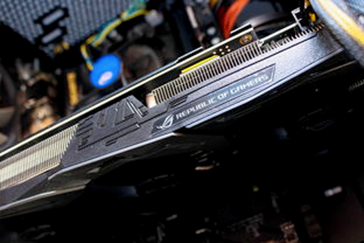
Pictures from the Internet
As for any special insights in this regard, of course I do. But I have to make a caveat here. My speech "The Philosophy of Computational Power as the Cornerstone of AIGC - On the Past, Present and Future of GPUs" will be held at 2 pm on November 25th at Jade Hall 3, Sentosa Hotel, Shenzhen ( A), it will be shared at the Shenzhen station conference. If you are interested, you are welcome to come to the site and communicate together.
3. In your opinion, what key role does GPU play in today’s digital world? What is its contribution to promoting the metaverse, AIGC and other fields? Can you share some practical cases or application scenarios?
Wang Wenyu : I think that just like water, electricity, gas, and coal, GPU can be said to be the core production material in today's digitalization process. GPU has become one of the necessary infrastructures for the development of the metaverse, artificial intelligence, large language models, and AIGC. I once shared a topic called PPIO at last year's LVS conference: exploring the infrastructure construction of the Metaverse and the practice and thinking of cloud games. When talking about how to stream in the development of the Metaverse, it was already deduced that streaming must be done by GPU in the cloud, in which the GPU plays a very central role. In addition, GPU computing is also the cornerstone of all AI, and the development of AIGC is basically based on the computing power provided by GPU. This is also the reason why Nvidia can become a company with a market value of trillions, and its market value is basically greater than the sum of the three major chip giants Intel, AMD, and Qualcomm.

Pictures from the Internet
4.LiveVideoStack: In your opinion, what are the key moments and technological breakthroughs in the development of GPU?
Wang Wenyu : GPU technology has developed for almost 30 years. There have been various breakthroughs in terms of software and hardware, including graphics, matrix calculations, and encoding and decoding. There are many topics to talk about. In this speech, I will give you a summary of the three timelines of the past, present, and future. The content includes the origin and history of GPU, the iteration of GPU hardware technology, from 3D rendering to neural networks, to LLM, and AIGC applications. , as well as engineering optimization considerations on the key architecture, parameters and computing power of the GPU, etc. Everyone is welcome to come and see us!
5.LiveVideoStack: As an emerging field, GPU cloud technology is of great significance to the global GPU industry. What changes do you think the development of GPU cloud will bring? What are the unique characteristics of GPU cloud compared with traditional CPU cloud?
Wang Wenyu : The rapid growth of GPU cloud usage is bound to be a trend. I predict that in the next five years, its usage, scale, and budget will be much larger than basic cloud computing. But GPU cloud has different characteristics. It may not be as standardized as traditional cloud computing. It is more heterogeneous (with many combinations of machine models and card types). GPUs are very expensive, and different scenarios have different requirements and choices for GPUs. Training and inference are also very different. So my opinion is that in the future there will not be a certain GPU that can solve all the needs of all walks of life with the highest cost performance. There may be an optimal model solution for each type of demand.
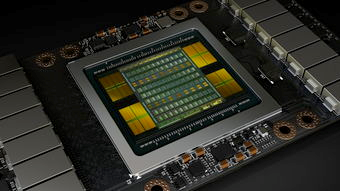
Pictures from the Internet
In addition, the recent ban on NVIDIA and the chokehold have aroused heated discussion among everyone. I think there are pros and cons in this matter.
I firmly believe that this bottleneck is detrimental in the short term, but in the long term, it is very beneficial to the development of our country. We can suffer some grievances in the short term, but in the next step, I predict that the country may use the same intensity as it did to support the new energy vehicle industry chain to support domestic GPUs. In 5-10 years, I believe we will be able to completely solve the chip stuck problem. Regarding the topic of how to deal with stuck necks, I will share more opinions at the meeting.
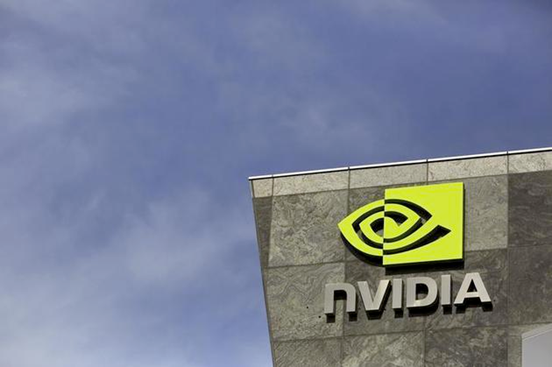
Pictures from the Internet
6.LiveVideoStack: What challenges and opportunities might these features bring to PPIO’s technical team?
Wang Wenyu : As China's leading independent edge cloud service provider, PPIO provides customers with edge cloud computing services that meet the needs of low latency, high bandwidth, and massive data distribution processing in more than 30 provinces, more than 1,000 counties, cities, and regions across the country. and solutions. I think that on the GPU cloud development side, the advantage of PPIO is its distributed and heterogeneous characteristics. This model can empower many scenarios in the field of reasoning, because the heterogeneous ability itself can bring a good complement to the GPU and the technology center.
7. LiveVideoStack: Thanks to Teacher Wang Wenyu for his answer! Before we wrap up, can you give us some spoilers about your exclusive LiveVideoStackCon content?
Wang Wenyu : No spoilers for the exclusive content, let’s meet at the meeting!
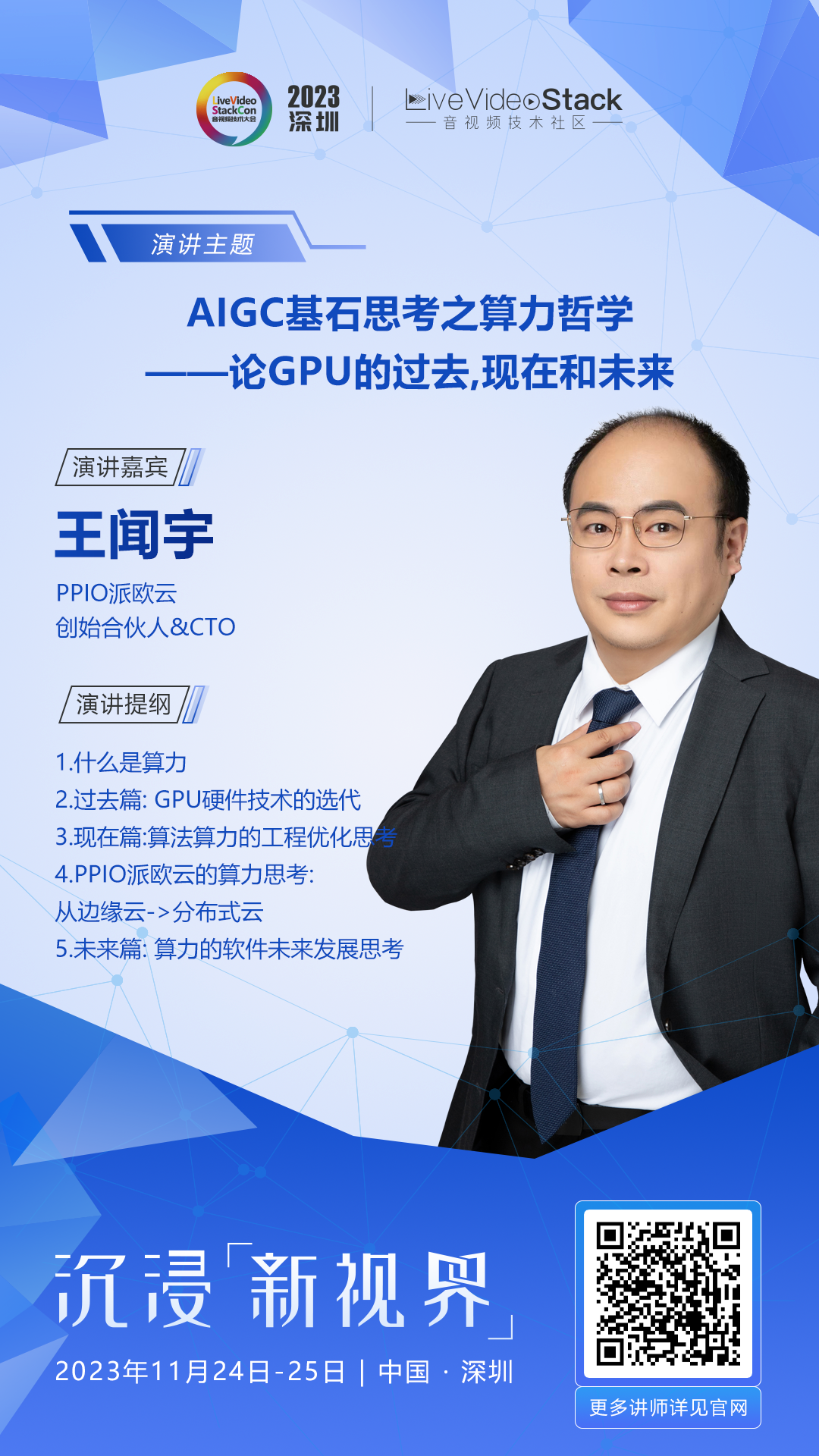
Thanks to Mr. Wang Wenyu for accepting our interview and sharing his insights on GPU computing power and future trends from the perspective of AIGC audio and video content. Through the interview, I believe everyone can appreciate the depth and richness of the content of this speech. If you want to learn more about the engineering optimization of algorithm computing power and other exclusive content of the conference, LiveVideoStack users are welcome to come to the Shenzhen conference to have face-to-face communication with Mr. Wang Wenyu.
LiveVideoStackCon 2023 Audio and Video Technology Conference Shenzhen Station sincerely invites you to participate.
Time : November 24-25, 2023
Location : Shenzhen Sentosa Hotel (Jade Branch)
Inquiry : 13520771810 (same number on WeChat), [email protected]
Alibaba Cloud suffered a serious failure, affecting all products (has been restored). The Russian operating system Aurora OS 5.0, a new UI, was unveiled on Tumblr. Many Internet companies urgently recruited Hongmeng programmers . .NET 8 is officially GA, the latest LTS version UNIX time About to enter the 1.7 billion era (already entered) Xiaomi officially announced that Xiaomi Vela is fully open source, and the underlying kernel is .NET 8 on NuttX Linux. The independent size is reduced by 50%. FFmpeg 6.1 "Heaviside" is released. Microsoft launches a new "Windows App"